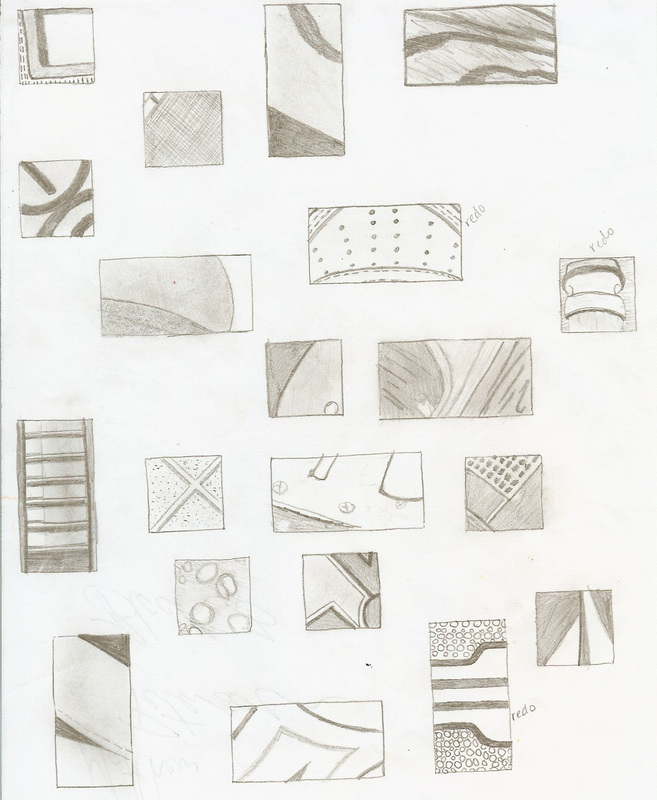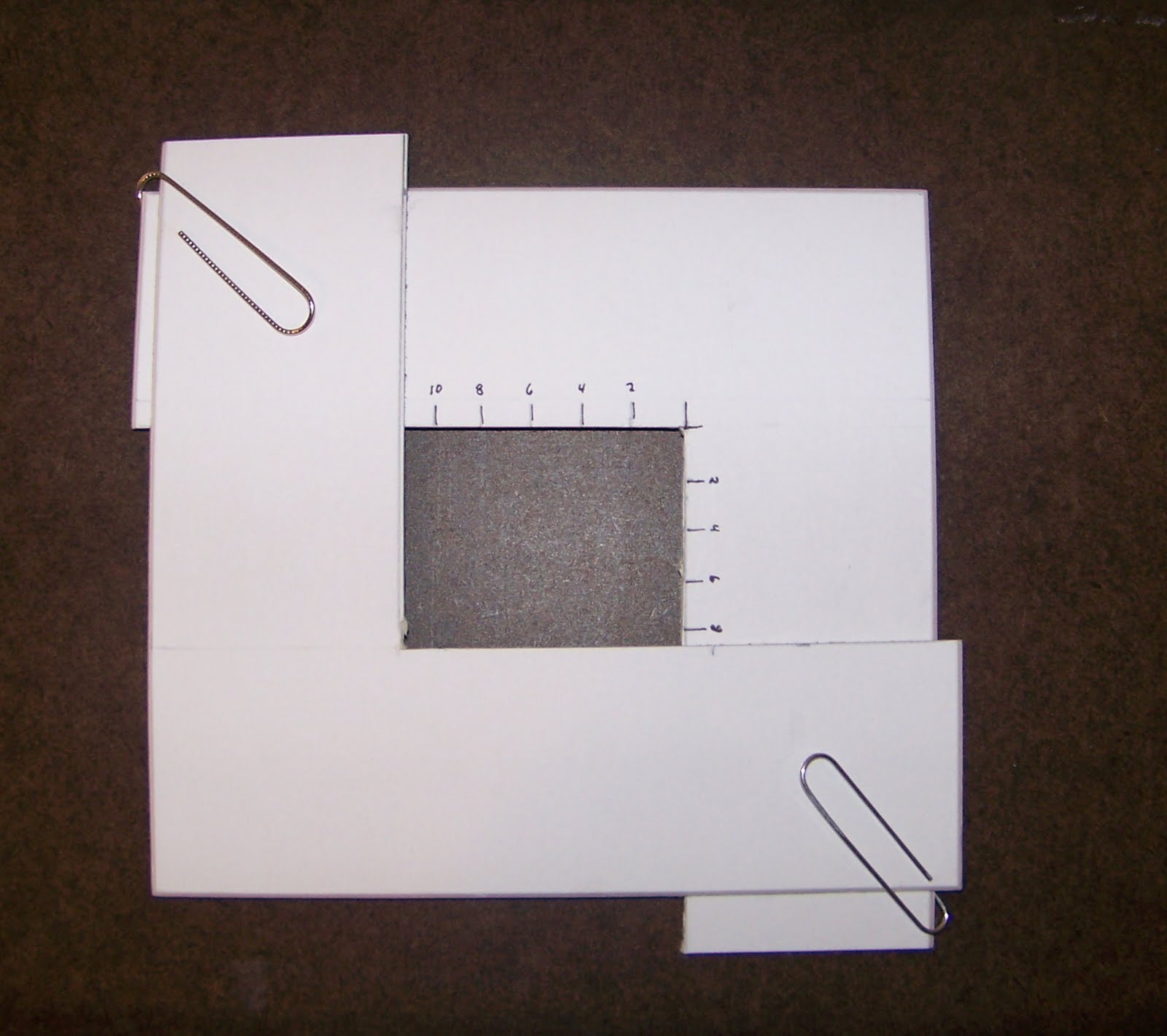

Along its length, the health of the Run and the ecologies that surround it have been endangered by combined sewage overflow, inadequate drainage, and dumping of industrial and chemical pollutants.īy providing three points of connection along the largely-unseen underground stream, the artwork builds awareness of our subterranean reality and draws connections between rainfall, sewage overflow, and the proximity to our watershed’s source. It then finally empties into the Monongahela River, one of Pittsburgh’s three major waterways. The water then runs south through Wilkinsburg and flows out as a stream that runs through Frick Park for two miles. Its headwaters begin north of Wilkinsburg and enter the Borough in an underground culvert, ranging from 8’ to 30’ below ground. Building on their work as well as that of her Wilkinsburg-based partner organizations – Center for Civic Arts and UpstreamPgh – Brooks Takahashi undertook extensive research into the waterway. The creation of this resource was made possible by funding from the Heritage Lottery Fund.Brooks Takahashi was inspired by the work of artists Bob Bingham, Reiko Goto and Tim Collins at the Frank-Ratchye STUDIO for Creative Inquiry at Carnegie Mellon University, whose efforts led to the establishment of Nine Mile Run Watershed Association (now UpstreamPgh) in the early 2000s. See our A to Z of creative activity resources here.
ART VIEW FINDER TV
This resource was designed as part of the Green TV project. Links to Geography through: development of field skills and identification of the characteristics of specific areas Links to Science through: discovery and identification of habitats and wildlife Links to Art and Design through: use of observational skills and conveying visual information Participants can be challenged to produce a number of varied drawings within the time given.A/T/L asks questions to develop observation skills: which areas are lighter/ darker? Which details are sharp and which are blurred? Is the surface rough or smooth? Is there a contrast in scale?.A/T/L encourages participants to develop their own approaches to drawing when recording visual information.

Can you lay it on the ground to frame a leaf – draw one leaf. Can you hold the viewfinder up and frame part of the skyline – draw the distant view. A/T/L encourages participants to use the edges of the viewfinder window as the edges of a whole sheet of drawing paper, and also to draw squares/ rectangles for smaller pictures on other sheets of paper – exploring scale and composition.
ART VIEW FINDER HOW TO

To better understand scale and distance.To develop research and fieldwork skills.To gain better understanding of the natural environment through close observation.To develop confidence in drawing as a way of recording visual information.This has them practise close observation of the natural world, and apply the creative judgement and decision making to choose the views to isolate. In this activity, participants draw particular natural scenes isolated using card viewfinders.


 0 kommentar(er)
0 kommentar(er)
